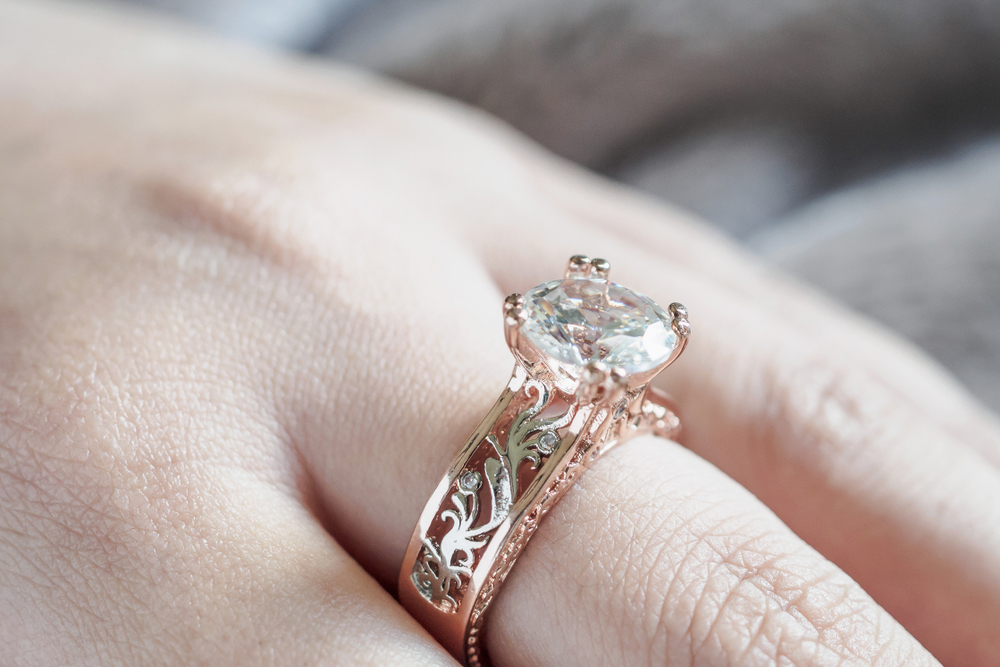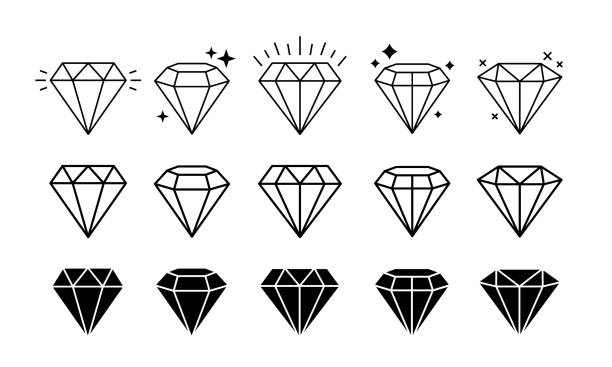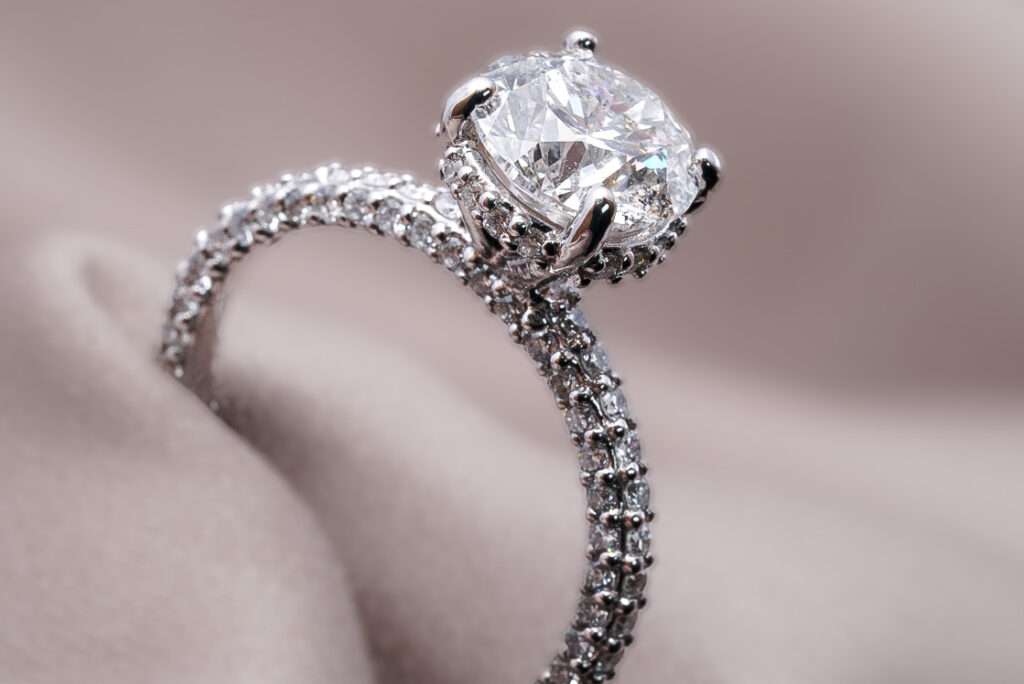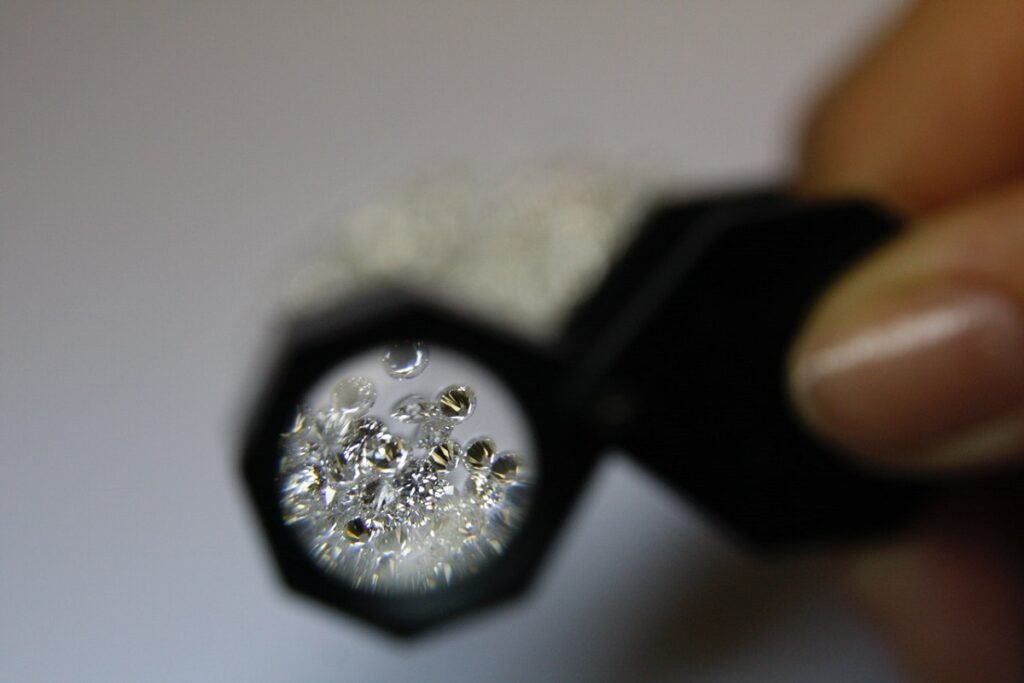Exploring the Beauty of Lab Grown Diamond Rings: A Closer Look at the Claws
Table of Contents
Introduction
In a world where sustainability meets elegance, lab grown diamond rings claws have emerged as a beacon of ethical luxury. However, beyond their stunning brilliance lies a crucial aspect often overlooked: the claws. These seemingly minor components play a pivotal role not only in securing the diamond but also in enhancing its allure. Join us as we delve into the intricacies of lab-grown diamond rings and unravel the significance of their claws.
1. Understanding Lab-Grown Diamonds
The Rise of Ethical Luxury
Unveiling the Science Behind Lab-Grown Diamonds
2. The Role of Claws in Diamond Rings
Securing the Sparkle: Functionality of Claws
Aesthetic Appeal: Enhancing the Diamond’s Brilliance
3. Types of Claw Settings
Prong Settings: Classic Elegance
Bezel Settings: Modern Sophistication
Tension Settings: Contemporary Flair
4. Factors to Consider When Choosing Claw Settings
Diamond Shape and Size
Lifestyle and Wearability
Design Preferences and Style
5. Maintenance and Care Tips for Claw Settings
Regular Cleaning and Inspection
Professional Maintenance Services
Avoiding Activities That Could Damage the Claws
Exploring the Beauty of Lab Grown Diamond Rings: A Closer Look at the Claws
In the realm of fine jewelry, lab-grown diamond rings have garnered immense popularity for their ethical sourcing and stunning aesthetics. However, amidst the dazzle of these exquisite gems lies a crucial element that often goes unnoticed: the claws. These small yet significant components play a vital role in not only securing the diamond but also enhancing its overall beauty.
Understanding Lab-Grown Diamonds
In recent years, there has been a notable shift towards ethical consumption, prompting many to seek alternatives to traditional mined diamonds. Lab diamonds have emerged as a sustainable and ethical choice, offering the same dazzling brilliance without the environmental and ethical concerns associated with mining.
The process of creating lab-grown diamonds involves replicating the conditions found deep within the Earth’s mantle in a controlled laboratory environment. Through advanced technological methods, scientists are able to mimic the natural process of diamond formation, resulting in gems that are chemically and optically identical to mined diamonds.
The Role of Claws in Diamond Rings
While the focus is often on the brilliance and clarity of the diamond itself, the setting in which it is placed is equally important. Claws, also known as prongs, are the metal projections that hold the diamond in place within the ring setting. Beyond their functional purpose of securing the stone, claws also play a significant role in enhancing its aesthetic appeal.
Securing the Sparkle: Functionality of Claws
One of the primary functions of claws is to hold the diamond securely in place within the setting, preventing it from becoming loose or falling out. This ensures that the stone remains stable and secure, allowing it to sparkle and shine with every movement.
Aesthetic Appeal: Enhancing the Diamond’s Brilliance
In addition to their practical function, claws also contribute to the overall appearance of the ring. Depending on the design and placement of the claws, they can either enhance or detract from the beauty of the diamond. Well-positioned claws allow maximum light to enter the stone, resulting in increased brilliance and sparkle.
Types of Claw Settings
There are several types of claw settings commonly used in diamond rings, each offering its own unique advantages and aesthetic appeal.
Prong Settings: Classic Elegance
Prong settings are perhaps the most traditional and widely used type of claw setting. In this design, small metal prongs are used to hold the diamond in place, allowing maximum light exposure to showcase the stone’s brilliance. Prong settings are favored for their simplicity and timeless elegance.
Bezel Settings: Modern Sophistication
Bezel settings involve encircling the diamond with a thin metal rim, holding it securely in place. This type of setting offers a sleek and modern look, with the metal rim providing added protection to the edges of the diamond. Bezel settings are particularly popular for their contemporary appeal and durability.
Tension Settings: Contemporary Flair
Tension settings are a more unconventional choice, where the diamond is held in place by the tension of the metal band itself. This creates the illusion of the diamond floating within the setting, resulting in a striking and contemporary look. Tension settings are prized for their unique design and minimalist aesthetic.
Factors to Consider When Choosing Claw Settings
When selecting a claw setting for a lab-grown diamond ring, there are several factors to take into consideration to ensure the perfect combination of style and functionality.
Diamond Shape and Size
The shape and size of the diamond will influence the choice of claw setting, as certain designs may complement specific diamond shapes better than others. For example, round diamonds often pair well with prong settings, while more angular shapes may benefit from bezel or tension settings.
Lifestyle and Wearability
Consideration should also be given to the wearer’s lifestyle and daily activities. Those with active lifestyles may prefer a more secure setting such as bezel or tension, while others may prioritize aesthetics over practicality.
Design Preferences and Style
Ultimately, the choice of claw setting should reflect the wearer’s personal style and preferences. Whether they prefer classic elegance or modern sophistication, there is a claw setting to suit every taste and aesthetic.
Maintenance and Care Tips for Claw Settings
To ensure the longevity and beauty of a lab-grown diamond ring, proper maintenance and care of the claws are essential.
Regular Cleaning and Inspection
Regularly clean the ring with a soft brush and mild detergent to remove dirt and debris that may accumulate around the claws. Inspect the claws periodically to ensure they are secure and free from any signs of damage or wear.
Professional Maintenance Services
Consider having the ring professionally cleaned and inspected by a jeweler at least once a year. This will help identify any potential issues with the claws and ensure they are properly maintained for years to come.
Avoiding Activities That Could Damage the Claws
Avoid exposing the ring to harsh chemicals or abrasive materials that could cause damage to the claws. Remove the ring when engaging in activities such as gardening, cleaning, or sports to prevent unnecessary wear and tear.
In conclusion, while the beauty of lab-grown diamond rings may steal the spotlight, it is the often-overlooked claws that play a crucial role in ensuring their brilliance and longevity. By understanding the significance of claw settings and selecting the right one for your diamond ring, you can enhance its beauty and ensure it remains a cherished piece for generations to come.










